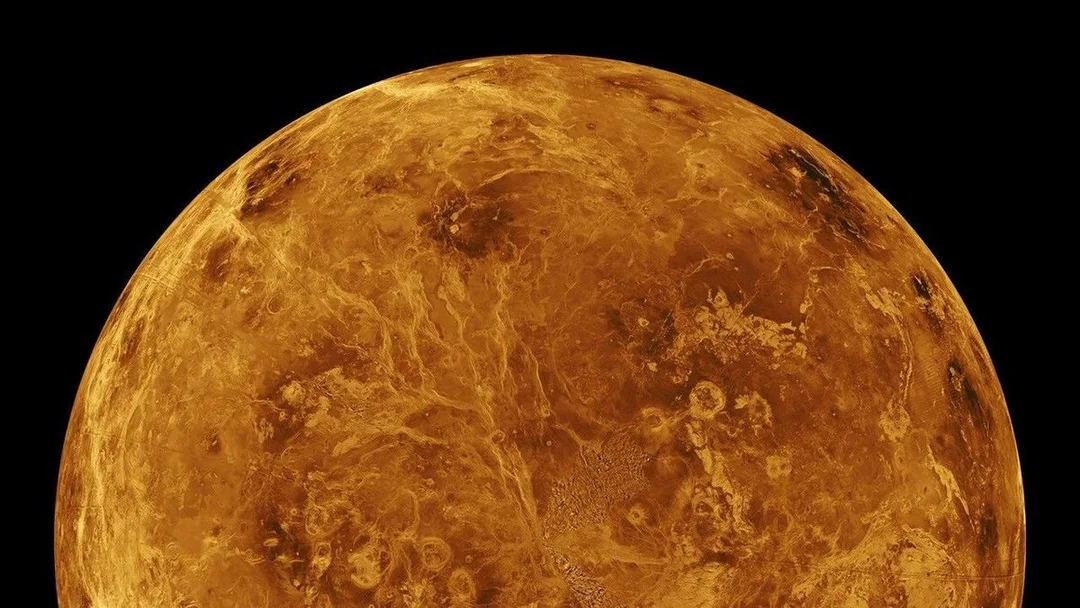
Venus’s Dynamic Surface: NASA’s Magellan Mission Unearths Tectonic Surprises
Is Venus, often dubbed Earth's 'sister planet,' more geologically alive than we thought? Decades-old data from NASA's Magellan mission is offering new insights into the possibility of ongoing tectonic activity on Venus, challenging previous assumptions of a dormant world. The latest research suggests that surface features known as coronae are being shaped by active processes beneath the planet's crust, opening a new window into understanding Venus's geology and potentially Earth's own early history.

The new study, published in Science Advances, focuses on coronae, vast quasi-circular structures ranging from dozens to hundreds of miles in diameter. Scientists believe these features are locations where plumes of hot material from the planet's mantle rise, pushing against the lithosphere. Gael Cascioli, lead author of the study from the University of Maryland, Baltimore County, stated that analyzing gravity and topography data from the Magellan mission has provided "a new and important insight into the possible subsurface processes currently shaping the surface of Venus."
Unlike Earth, Venus lacks tectonic plates. This led to the assumption that its crust would thicken over time. However, this new research suggests a more complex scenario. By studying gravity and topography data, researchers discovered evidence of buoyant mantle material beneath 52 of the 75 coronae studied. This material is likely driving tectonic processes, including a unique form of subduction where surface material is pushed downward into the mantle around the coronae.
Anna Gülcher, an Earth and planetary scientist, noted that the most exciting aspect of their study is the ability to now say that most likely, various and ongoing active processes are driving their formation. The study also suggests that lithospheric dripping, where dense accumulations of cool material sink from the lithosphere into the hot mantle, is occurring.
Furthermore, the study indicates the Venusian crust is surprisingly thin, perhaps no more than 40 miles thick in many places. This challenges long-held beliefs and could explain why the planet is geologically active despite lacking plate tectonics.
What makes these findings particularly compelling is the connection to our own planet's past. "Coronae are not found on Earth today; however, they may have existed when our planet was young and before plate tectonics had been established," Cascioli explained. The processes shaping Venus today may offer valuable insights into the geological processes of early Earth.
Building on this research, NASA's VERITAS mission, launching no earlier than 2031, will provide significantly higher resolution gravity data. According to Suzanne Smrekar, principal investigator for VERITAS, these new maps of Venus could "revolutionize our understanding of Venus's geology and implications for early Earth." VERITAS, along with the DAVINCI mission and the European Space Agency's EnVision, will offer a comprehensive view of Venus's surface and atmosphere, potentially confirming the role of metamorphism and crustal recycling in shaping the planet.
These discoveries underscore the importance of revisiting archival data with new tools and perspectives. What other secrets might Venus be holding, waiting to be unearthed? Will the VERITAS mission confirm these findings and reveal even more about Venus's dynamic geology? Share your thoughts and theories in the comments below!